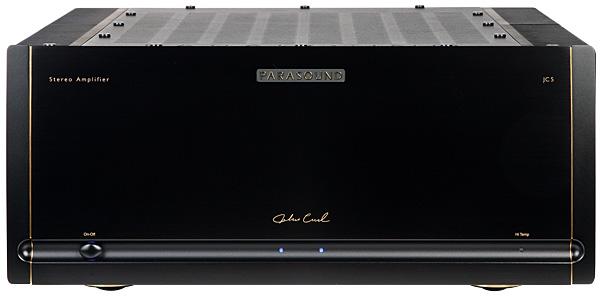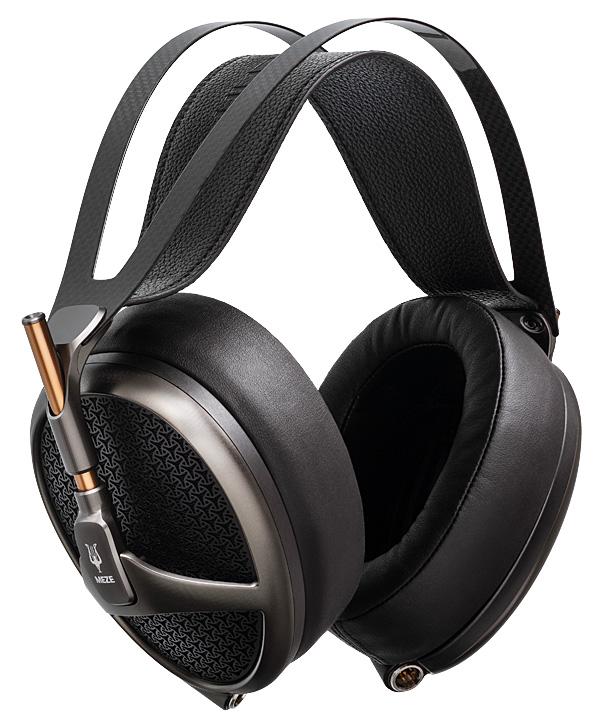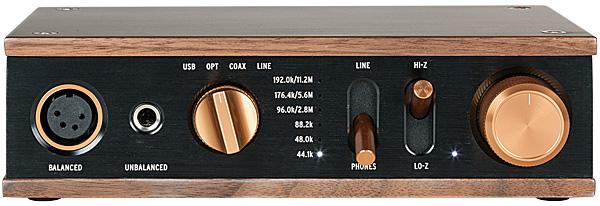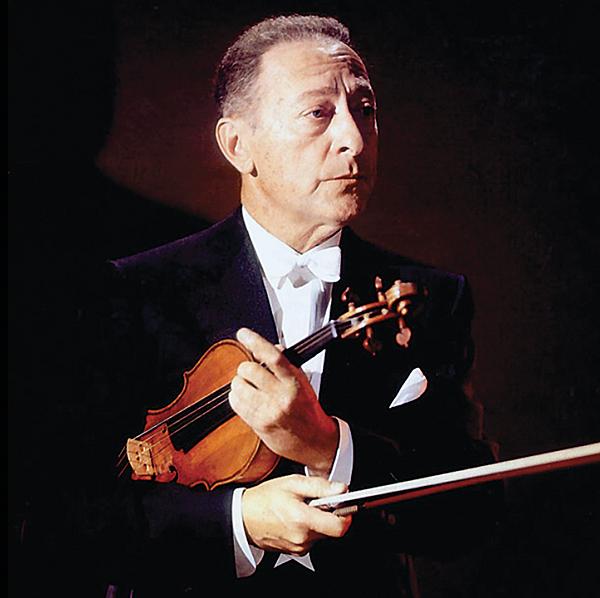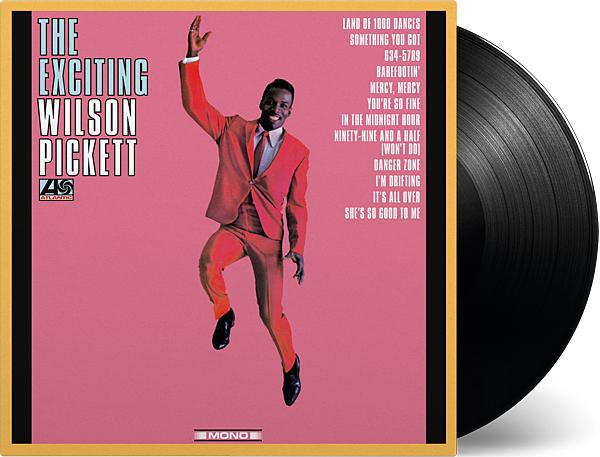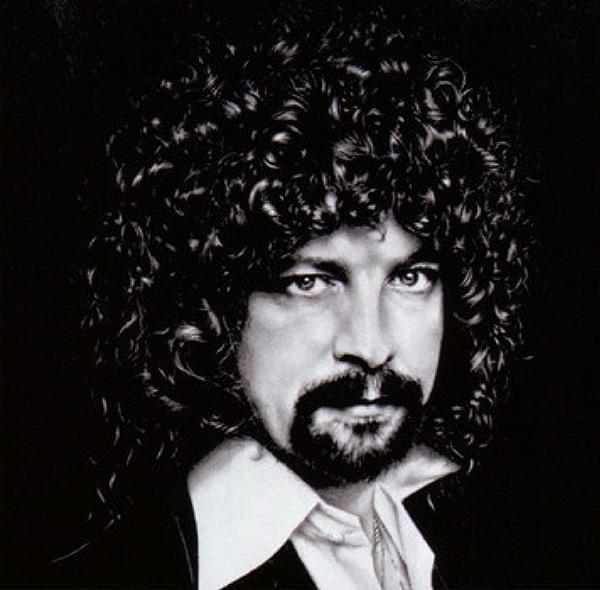LATEST ADDITIONS
|
Dec 01, 2018
|
Dec 01, 2018
|
Dec 01, 2018 |
First Published: Aug 01, 1985
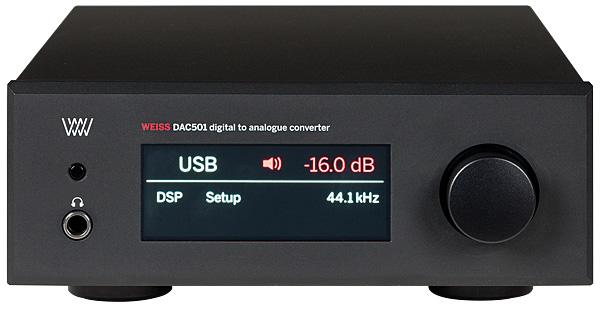
 Packing a high quality DAC and streamer into a half-size box, this new digital converter also features powerful user-configurable DSP. It's a potent combination…
Packing a high quality DAC and streamer into a half-size box, this new digital converter also features powerful user-configurable DSP. It's a potent combination…
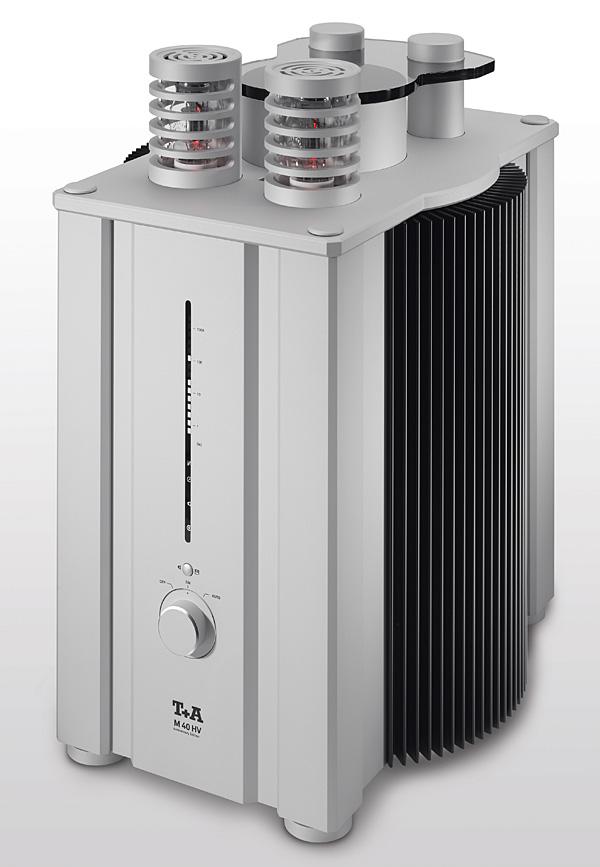
 The sound of music is raising the rafters in Eastern Westphalia as Germany's T+A celebrates its 40th anniversary with a set of very special monoblock hybrid amplifiers
The sound of music is raising the rafters in Eastern Westphalia as Germany's T+A celebrates its 40th anniversary with a set of very special monoblock hybrid amplifiers
